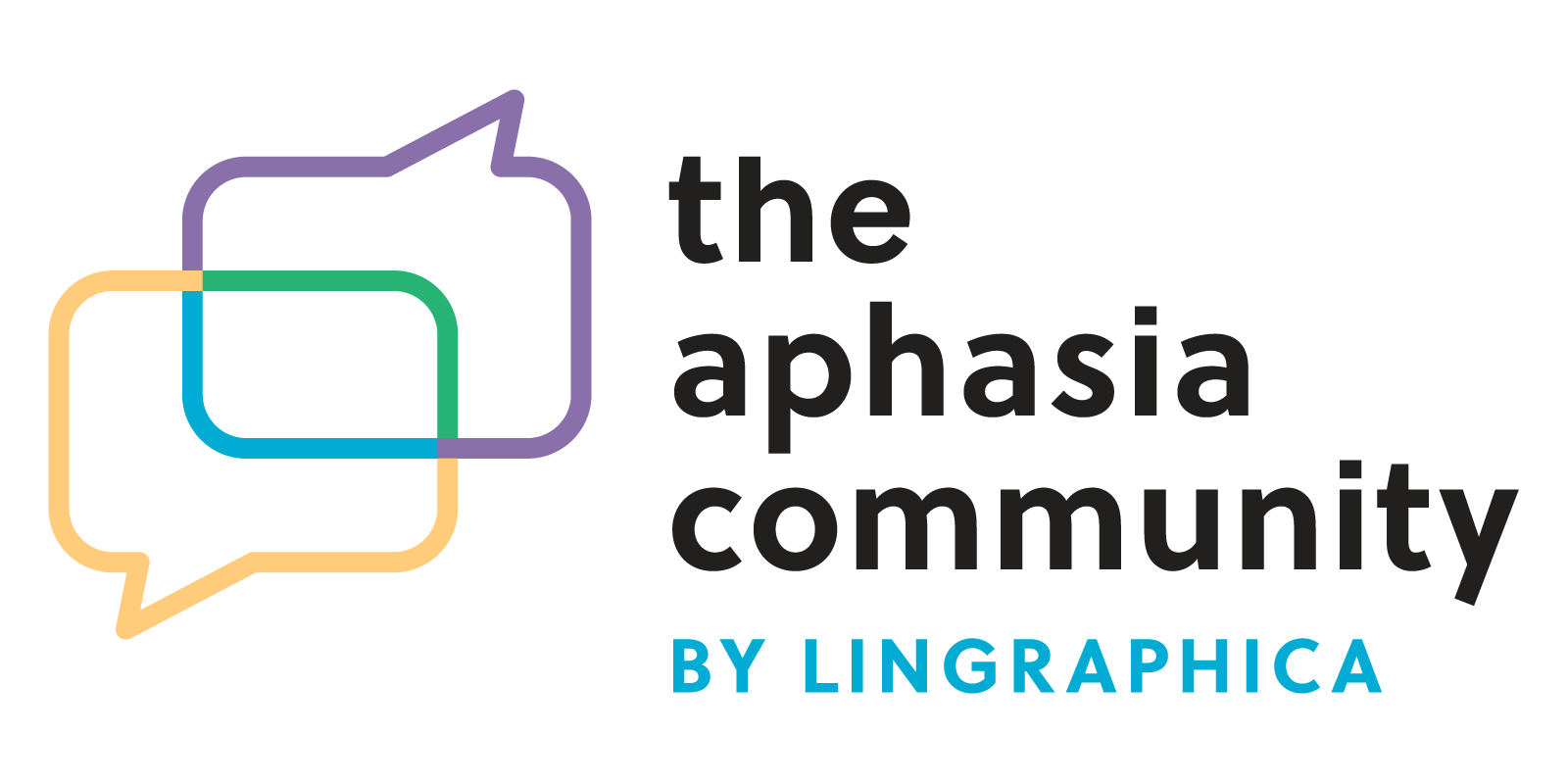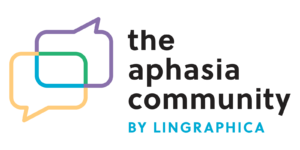10 Communication Activities for Support Groups
Aphasia support groups are a great way to connect with others who have aphasia. They are also a great time to practice using communication tips and techniques. Is your aphasia group stuck in a rut? Here are some activities for your support group to have fun and get some practice with using different types of communication!Number 1: Create photo albums or storylines. These can focus on achievements, hobbies, professions, and emotional memories.
Number 2: Invite professionals to visit your group meeting. Aphasia experts can share knowledge of resources and treatment advances for people with aphasia. Other professionals can discuss important topics like financial/vocational concerns and wellness.
Number 3: Talk about current events, movies, sports, weather, and vacation plans. Incorporate aphasia-friendly resources, like TalkPath News and YouTube videos.
Number 4: Script and role play everyday life situations. These can include going to the bank, paying bills, making a doctor’s appointment or relaying health insurance information. Practice using supported conversation aids like paper and pencil, whiteboard, pictures, or an AAC device, as needed.
Number 5: Engage in interactive, fun activities like card games, board games, and trivia at your meeting. Plan a group outing in the community like a picnic, visit to a museum, or group exercise. Attend a gardening, cooking, or painting class together.Number 6: Listen to the experiences and recovery tips of experts on aphasia. Invite Persons with Aphasia (PWAs), who travel to speak about their experiences and/or produce blog posts and videos.
Number 7: Reflect on the impact aphasia has made. Allow all members to share about their personal experiences prior to the stroke and the impact the stroke has made on their lives. This might include their daily living activities, emotional experiences, and current challenges.
Number 8: Set goals for the present and future and facilitate writing down both long-term and short-term goals for every member. Talk about the resources and steps needed to achieve them.
Number 9: Encourage family and friends to learn about Supported Conversation for Adults with Aphasia (SCA™) strategies. Teach them about communication limitations and frustrations that people with aphasia experience. This can help make interaction more comfortable and easier for all parties.
Number 10: Advocate for aphasia awareness. Talk about what causes aphasia and what aphasia means. Visit local restaurants and shops and let them know about aphasia and your aphasia support group. Provide examples of aphasia-friendly menus or shopping lists. Share your experience with schools, universities, hospitals, churches, and social media groups to help spread awareness.

